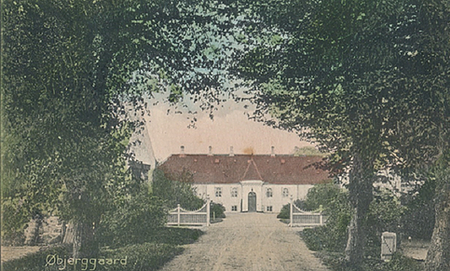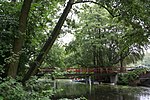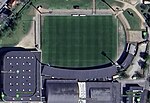Øbjerggaard

Øbjerggaard is a manor house and estate situated east of Køng, midway between Næstved and Vordingborg some 90 km (56 mi) south of Copenhagen, Denmark. One of 12 new manors created when Vordingborg Cavalry District was dissolved in 1774, it was initially the site of a textile factory established by Niels Ryberg. The current main building from the 1840s is now known as Ny Øbjerggaard (New Øbjerggaard). The old headquarters of the textile factory, Gammel Øbjerggaard (Old Øbjerggaard), constructed by Ruberg in 1780 and listed on the Danish registry of protected buildings and places in 1945, is now home to Køng Museum. The current owner of the estate, Peter Eriksen Oxholm Tillisch, resides at Rosenfeldt, his other estate, while Ny Øbjerggaard is operated as a bed and breakfast. The former Spinning School and Køng Hospital are also heritage listed. Both buildings were constructed by the owner of Øbjerggaard. The spinning school was created to train local girls in the craft of spinning yarn from the flax grown on the fields and used in the textile production.In 1851, Køng Textile Factory was moved to Vintersbølle by a later owner.
Excerpt from the Wikipedia article Øbjerggaard (License: CC BY-SA 3.0, Authors, Images).Øbjerggaard
Øbjerggårds Alle, Vordingborg Municipality
Geographical coordinates (GPS) Address External links Nearby Places Show on map
Geographical coordinates (GPS)
| Latitude | Longitude |
|---|---|
| N 55.116111111111 ° | E 11.828611111111 ° |
Address
Øbjerggaard
Øbjerggårds Alle
4750 Vordingborg Municipality
Region Zealand, Denmark
Open on Google Maps









